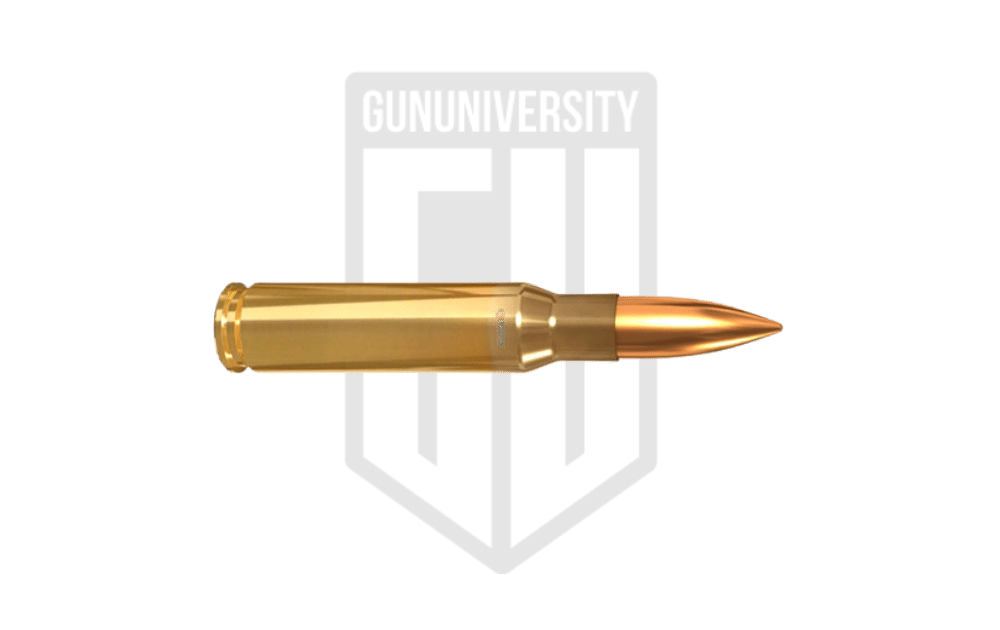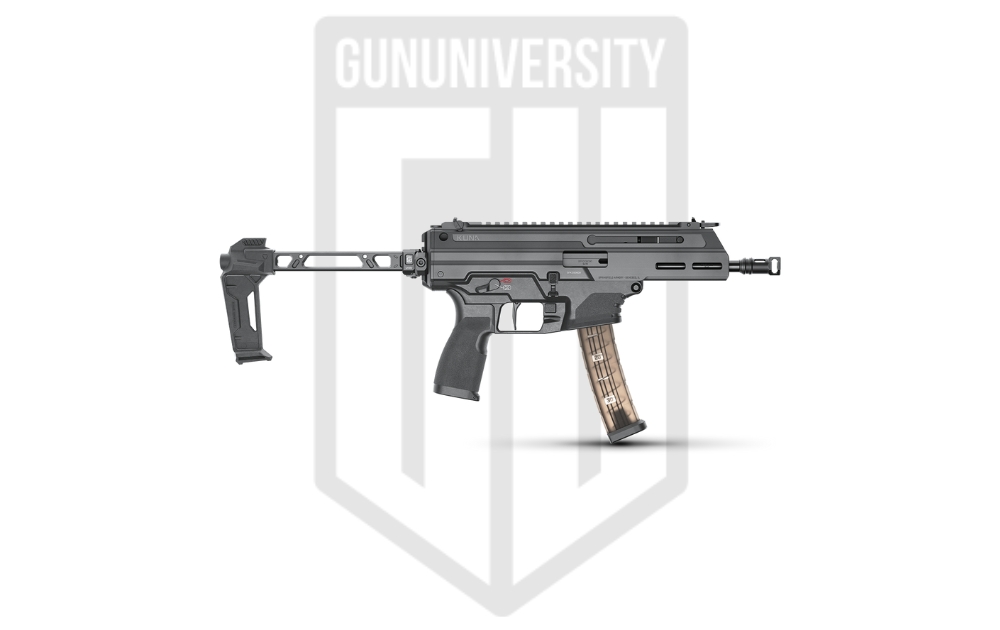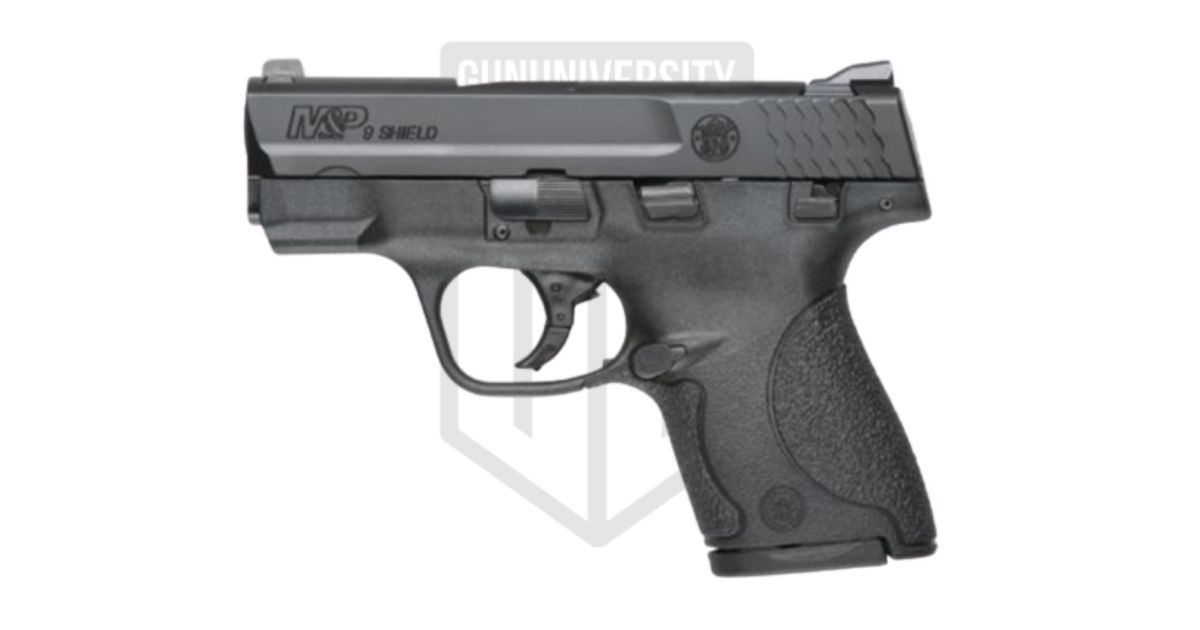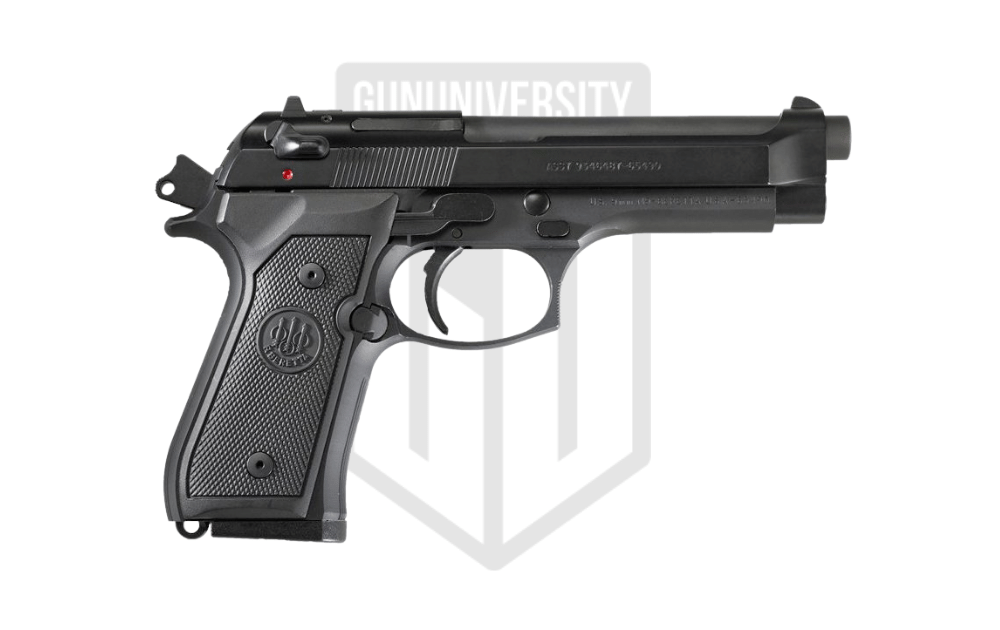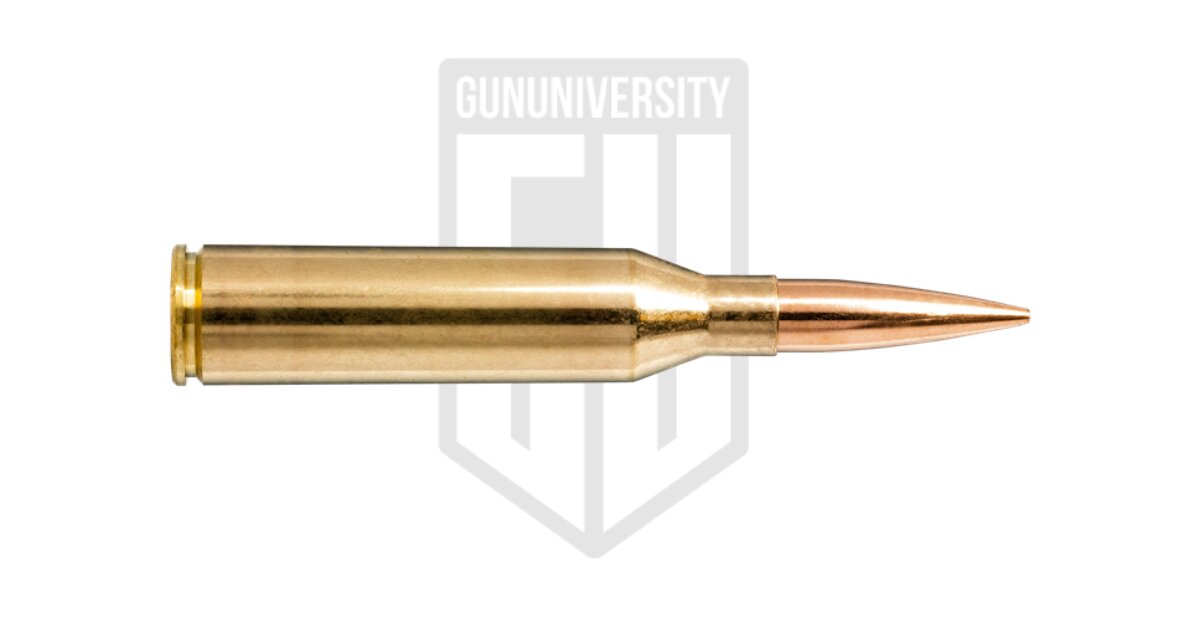308 Winchester vs 5.56 NATO: Which is Best?
In a way, 308 Winchester and 5.56 NATO are the ammo cousins of the rifle world. Each basically pioneered one of the uber-popular AR platforms, each has hardcore fans, and each has something to recommend it. So, in the cartridge 308 Win vs. 5.56 NATO cartridge battle, which one wins? Here’s what we think.
308 Winchester vs 5.56 NATO Spec Comparison
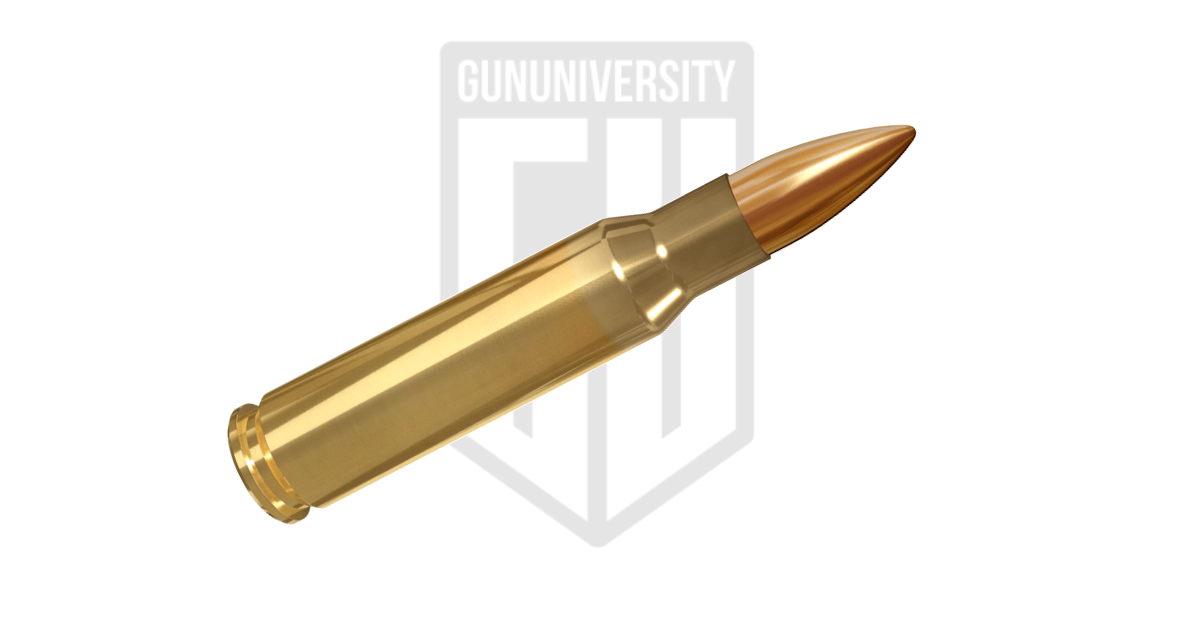
308 Winchester Cartridge
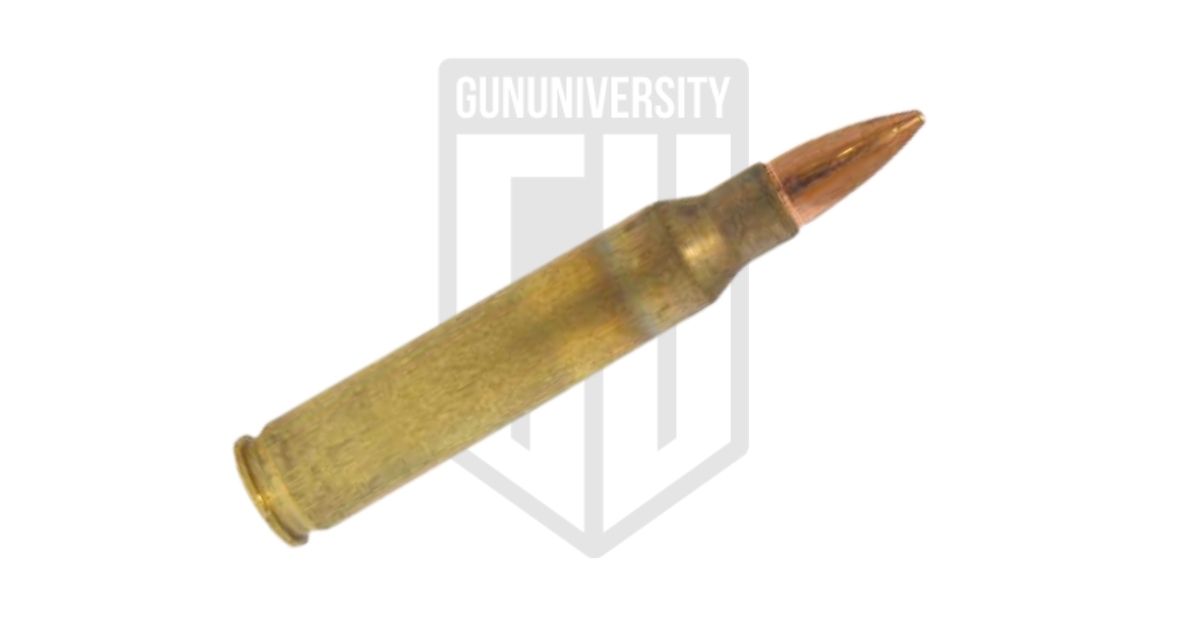
5.56 NATO
Why Compare 308 Winchester vs 5.56 NATO?
Why do a side-by-side comparison of 308 Win and 5.56 NATO? Because they’re different branches of the same military/AR ammo tree, and it seems as though people are adamant regarding what they love and hate about each. In the world of 308 Win vs. 5.56 NATO, people tend to draw firm lines in the sand. One cartridge was basically the originator of the AR-10 platform, while the other got its start on the AR-15 platform. These are two classic cartridges with significant histories in and out of combat.
From a practical standpoint, you might be curious if you’d benefit from going with the AR-10 or AR-15 platform, and this is a great place to start. There are pros and cons to each platform and each of their original chamberings, and we’re going to take a hard look at why you might or might not prefer one—or the other.
It’s the cartridge vs. cartridge face-off: 308 Win vs. 5.56 NATO.
5.56 NATO Review
We all know 5.56 NATO got its start in the military sometime around the Vietnam War, but there’s more to the cartridge than its combat use. There’s a reason thousands—or more—gun owners trust 5.56 NATO for hunting, self-defense, and fun at the range, and we’re going to tell you why.
5.56 NATO History and Purpose
The United States designed the parent cartridge of the 5.56 NATO, the 223 Remington, while FN Herstal created the 5.56 NATO in the 1970s. They created it as a potential replacement for the 7.62x51mm, which you might recognize as the military designation for the 308 Win. The idea was to come up with a smaller cartridge that would work in a lighter platform than the bulkier 7.62x51mm rifles, and it worked.
It’s worth mentioning here that although the United States military loved the 5.56 NATO enough to show it favoritism for almost seven decades, that’s changed. After the expected back and forth of trials and tests, the military now has the NGSW (Next Generation Squad Weapon) in production to replace the 5.56 rifles. Winchester is the company producing the 6.8mm NGSW ammunition for those rifles. That’s right, 5.56 NATO is officially being replaced by 6.8mm NGSW.
5.56 NATO has always had and continues to have myriad applications, including for defensive and hunting use. It’s an affordably priced cartridge that’s offered by basically every ammo manufacturer in existence and there are an equal number of firearms being made chambered in it. That’s not going to change anytime soon. This is a lightweight, capable cartridge that’s proven it can do it all. Almost.
Pros and Cons of 5.56 NATO vs. 308 Win
- Recoil – 5.56 NATO produces less felt recoil than 308 Win
- Cost – 5.56 NATO is more affordable than 308 Win
- Firearm Size – 5.56 NATO chambered firearms are lighter weight and more portable than 308 Win guns
- Penetration – 5.56 NATO is less likely to over-penetrate than 308 Win
- Penetration – 5.56 NATO doesn’t penetrate as deeply as 308 Win
- Bullet Size – 5.56 NATO has bullets with smaller dimensions than 308 Win
- Range – 5.56 NATO has a much shorter effective range than 308 Win
Best Ammo for 5.56 NATO
Our top three picks for specific uses of the 5.56 NATO:
Hunting
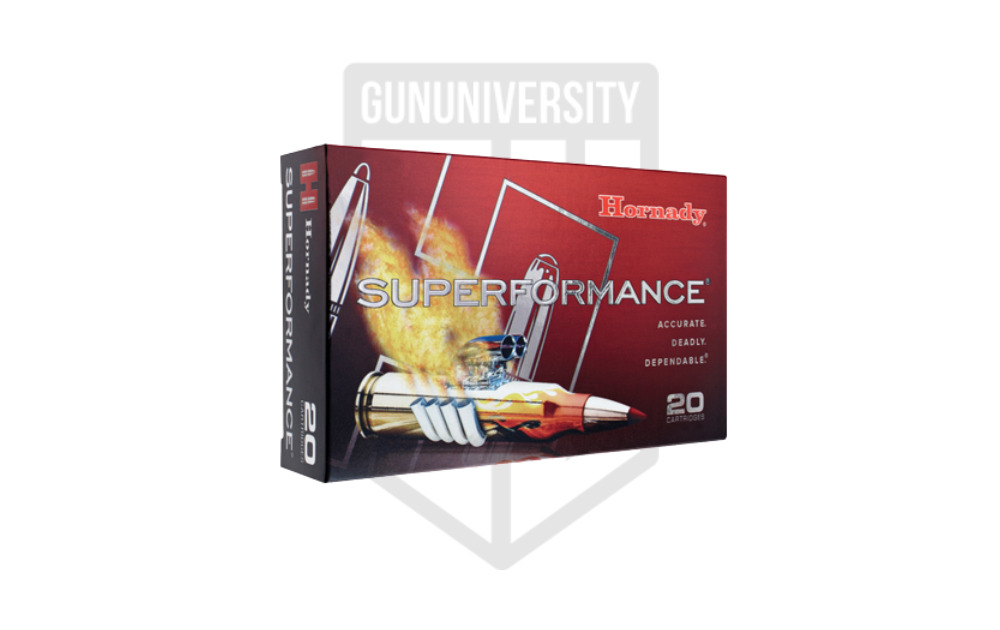
Hornady Superformance 5.56x45mm NATO 55 Gr CX
Marketplace |
Cost Per Round |
| gun.deals | $1.20 |
| Target Sports USA | $1.30 |
| Optics Planet | $1.52 |
Defensive
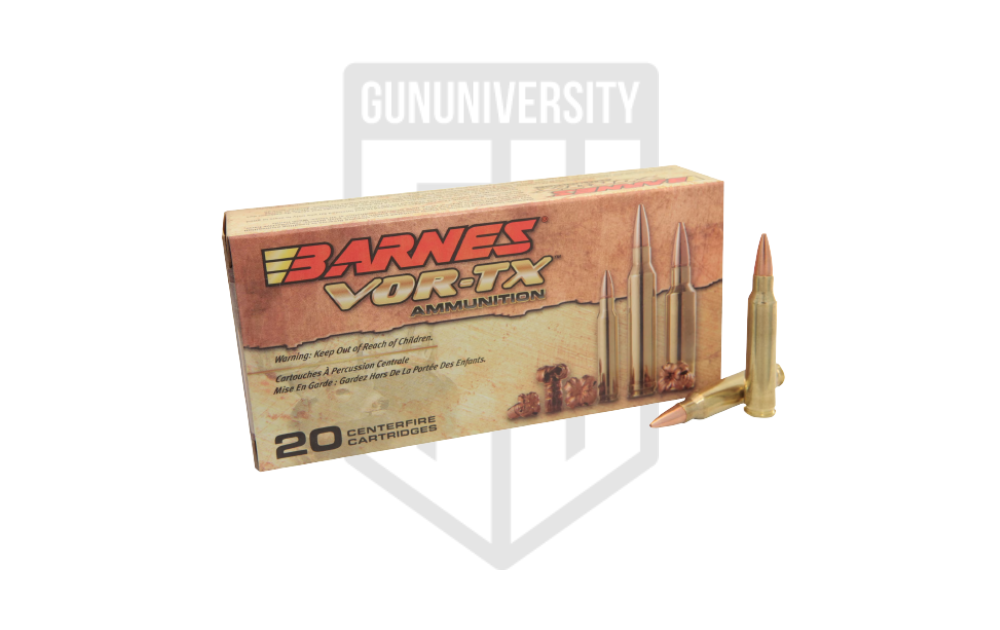
Barnes VOR-TX 5.56x45mm 62 Gr TSX
Marketplace |
Cost Per Round |
| gun.deals | $1.25 |
| Primary Arms | $1.35 |
| Optics Planet | $1.42 |
Practice
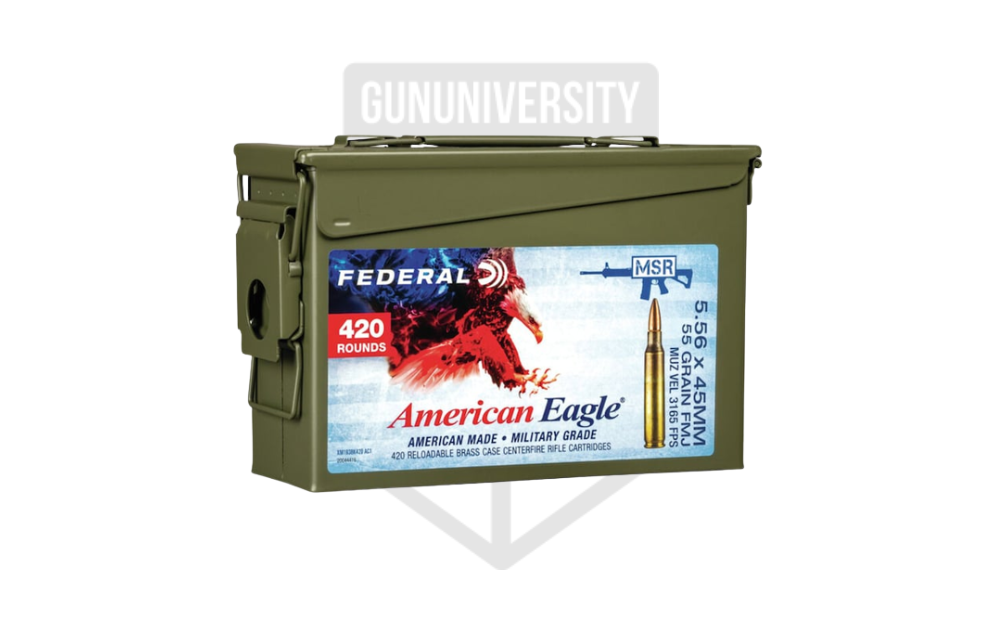
Federal American Eagle 5.56x45mm 55 Gr FMJ
Marketplace |
Cost Per Round |
| gun.deals | $0.56 |
| Gun Mag Warehouse | $0.62 |
| MidwayUSA | $0.85 |
308 Win Review
The 308 Win is a hard-hitting cartridge that began proving itself on the battlefield almost the same time 5.56 NATO did. It’s been around for three-quarters of a century and continues to improve thanks to technological advances. Let’s check a look at its historical and modern uses.
308 Winchester History and Purpose
308 Winchester was released to the civilian market by Winchester in 1952. That was two years before the military version, 7.62x51mm, became standard. Basically, Winchester saw the opportunity and took it. There are some differences between 308 Win and 7.62x51mm just as there are differences between 223 Remington and 5.56 NATO, but those differences are negligible. People usually interchange 308 Win and 7.62x51mm, but they cannot do the same for 223 Remington and 5.56 NATO.
They never released 308 Win for combat. That was the 7.62x51mm. Let’s just say that 308 Win, in its military form, has been used extensively in combat. In the civilian world, 308 Win quickly gained a following among hunters, and today it continues to be favored for taking all manner of game.
Over the years, there have been cartridges such as the 6.5 Creedmoor designed to outpace 308 Win. And while some of them might have an edge in some areas, the 308 Win continues to be a cartridge that gets used all the time by shooters from every facet of the gun world.
Pros and Cons of 308 Win vs 5.56 NATO
- Barrier Penetration – 308 Win delivers significantly greater barrier penetration than 5.56 NATO
- Energy – 308 Win produces more energy at greater distances than 5.56 NATO
- Range – 308 Win has a much better effective range than 5.56 NATO
- Firearm Size – 308 Win rifles are significantly heavier than those chambered in 5.56 NATO
- Recoil – 308 Win produces a lot more felt recoil than 5.56 NATO
- Cost – 308 Win is more expensive than 5.56 NATO
Best Ammo for the 308 Winchester
There are lot of good ammo options for the 308 Win. That is one of it’s many positives. Here are a few ammo deals we found for you.
Practice Ammo
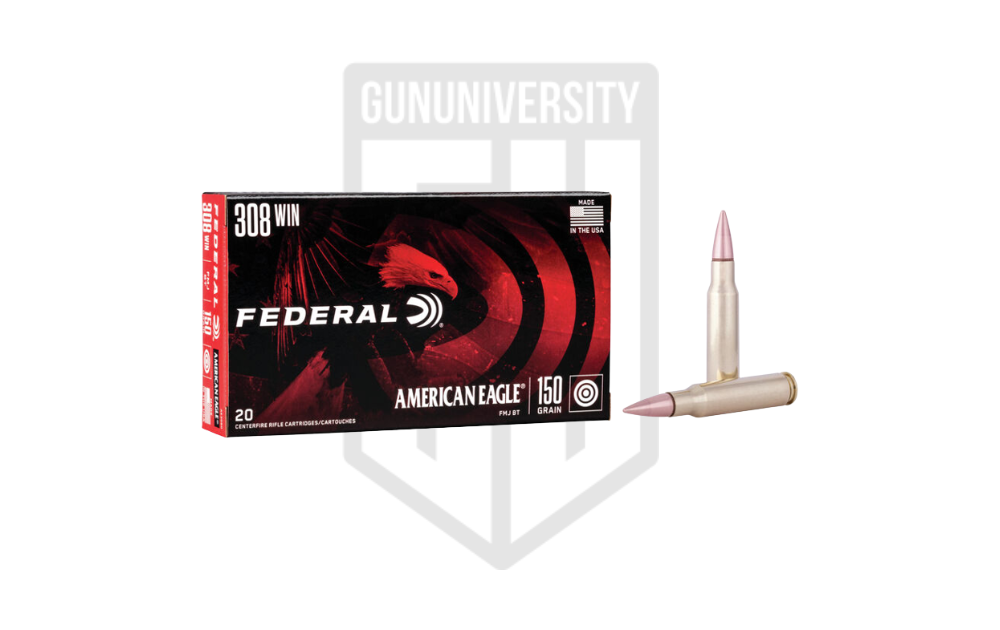
Federal American Eagle 308 Win 150 Gr FMJ
Marketplace |
Cost Per Round |
| Gun.deals | $1.05 |
| Target Sports USA | $1.10 |
| Palmetto State Armory | $1.25 |
| Guns.com | $1.35 |
Defensive Ammo
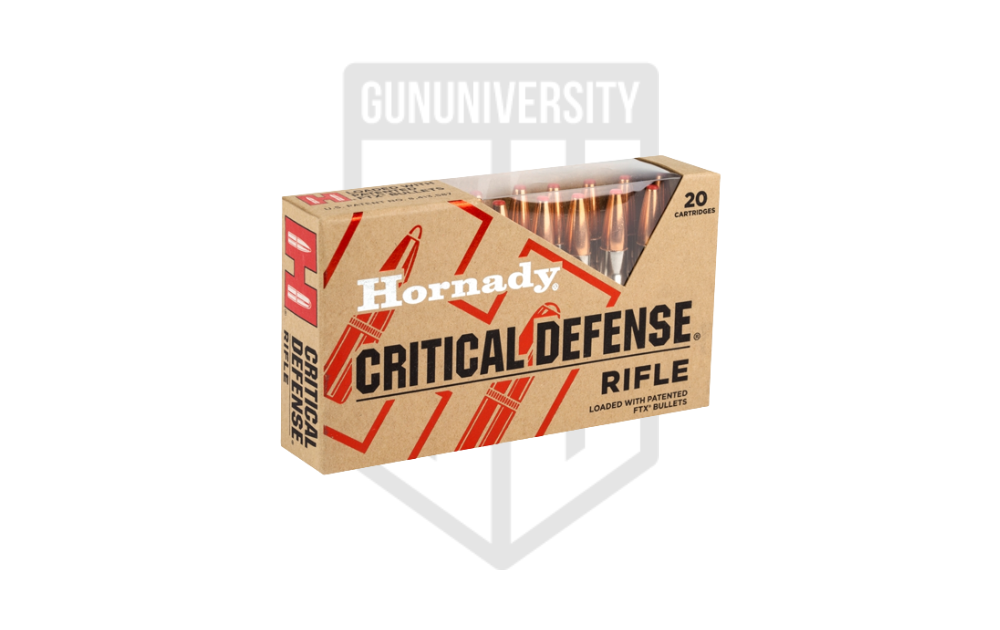
Hornady Critical Defense 308 Win 155 Gr FTX
Marketplace |
Cost Per Round |
| Gun.deals | $1.31 |
| Target Sports USA | $1.60 |
| Guns.com | $1.75 |
| Palmetto State Armory | $1.65 |
Hunting

Federal Premium Power-Shok 308 Win 180 grain JSP
Marketplace |
Cost Per Round |
| Gun.deals | $0.97 |
| Palmetto State Armory | $1.30 |
| Brownells | $1.50 |
Ballistics Comparison: 308 Win vs. 5.56 NATO
The 308 Win and 5.56 NATO are two very different cartridges. Not only is one much larger than the other, but they run through entirely different platforms. Both are centerfire cartridges, and they designed both about the same time, but that’s really where the similarities end. They did not create the cartridges for matching performance. They designed a heavier platform with greater reach for the 308 Winchester and 5.56 NATO was designed to be lighter weight, yet capable.
Of course, those things don’t mean 308 Win and 5.56 NATO aren’t being used for a lot of the same things. There are hunters who use one or the other on the same game animals and people who swear by one over the other for defensive purposes. Is there really a clear winner? First, let’s consider how the cartridges perform ballistically, then we’ll consider how that translates to use.
For the sake of comparing ballistics, let’s consider the heaviest 5.56 NATO up against the heaviest 308 Win we listed. That’d be Barnes VOR-TX 5.56x45mm 62 grain TSX Velocity with a ballistic coefficient of 0.287 against Federal Premium Power-Shok 308 Win 180 grain JSP with a ballistic coefficient of 0.382.
| Distance (yards) | Barnes VOR-TX 5.56x45mm 62 grain TSX Velocity (fps) | Federal Premium Power-Shok 308 Win 180 grain JSP (fps) | Barnes VOR-TX 5.56x45mm 62 grain TSX Energy (ft-lbs) | Federal Premium Power-Shok 308 Win 180 grain JSP (ft-lbs) |
|---|---|---|---|---|
| 0 | 3000 | 2570 | 1239 | 2640 |
| 100 | 2674 | 2345 | 984 | 2197 |
| 200 | 2370 | 2131 | 773 | 1816 |
| 300 | 2086 | 1929 | 599 | 1486 |
| 400 | 1823 | 1740 | 458 | 1209 |
| 500 | 1585 | 1565 | 346 | 979 |
As you can see in the ballistic chart above, 308 Win produces velocity similar to that of 5.56 NATO. However, that matching velocity doesn’t translate to energy. The energy produced by 308 Win is greater than that of 5.56 NATO by quite a lot.
What happens if we compare Federal American Eagle 5.56x45mm 55 grain FMJ with a ballistic coefficient of 0.246 and Federal American Eagle 308 Win 150 grain FMJ with a ballistic coefficient of 0.408? Does it stay the same, or are the results a little closer?
| Distance (yards) | Federal American Eagle 5.56x45mm 55 grain FMJ Velocity (fps) | Federal American Eagle 308 Win 150 grain FMJ Velocity (fps) | Federal American Eagle 5.56x45mm 55 grain FMJ Energy (ft-lbs) | Federal American Eagle 308 Win 150 grain FMJ Energy (ft-lbs) |
|---|---|---|---|---|
| 0 | 3165 | 2820 | 1223 | 2648 |
| 100 | 2772 | 2597 | 939 | 2246 |
| 200 | 2412 | 2385 | 711 | 1894 |
| 300 | 2080 | 2183 | 528 | 1586 |
| 400 | 1776 | 1990 | 386 | 1319 |
| 500 | 1506 | 1808 | 277 | 1089 |
According to this comparison of 5.56 NATO FMJs and 308 Win FMJs, it’s obvious 308 Win moves faster and hits harder. And while it would be easy to say that makes 308 Win the better round, that’s not necessarily accurate.
There are a lot of factors to take into consideration for an honest comparison of 308 Win and 5.56 NATO, including:
- 308 Win does deliver enormously greater kinetic energy on target than 5.56 NATO.
- 5.56 NATO and its related firearms are much lighter weight and more portable than those in 308 Win.
- 308 Win does so well it’s literally too much for some things at certain distances.
- If you’re hunting, the effective range of 308 Win is around 300 yards although some loads can manage closer to 500 yards. As for 5.56 NATO, its effective hunting range is about 150 yards. Going beyond that tends to be ill-advised.
- Combat effectiveness of the 308 Win is considered to be 1000 yards, while combat effectiveness of 5.56 NATO is stated by the military as 250 yards with the potential to stretch to 600 yards.
- 308 Win has a trajectory that drops faster than that of 5.56 NATO. For example, at 500 yards the 308 Win drops around 10 inches more than 5.56 NATO, depending on the load.
- 5.56 NATO produces far less felt recoil than 308 Win.
As for accuracy, the 308 Win tends to have the 5.56 NATO beat. It might be because the 308 Win has more load options that are made for precision or it could be that it’s simply a better-grouping cartridge, but generally speaking, 308 Win beats 5.56 NATO if you’re focused on precision. At closer ranges, such as 100 yards, the two cartridges deliver a similar performance. But as you get further out, things like the wind have a negative impact on the lighter 5.56 NATO bullets more than they do the heavier 308 Win bullets.
Our Take 308 Win and 5.56 NATO
We judged 308 Win to be the winner from a ballistic standpoint, but for practical purposes, the 5.56 NATO might be more suitable for the average shooter’s needs. Because the 308 Win is bulkier and the AR-10 platform itself is much larger and heavier than the AR-15, it comes as no surprise that 5.56 NATO is typically a lot easier to tote around.
Then there’s the issue of affordability. 5.56 NATO is a lot easier on the wallet than 308 Win and if you’re focused on target shooting or even home defense, 5.56 NATO is just fine. Remember, training matters, so it’s important to spend time shooting your gun rather than only admiring it from afar.
If you’re a hunter unconcerned with weight or comfortable running 308 Win through a bolt-action rifle to cut weight, then by all means, run 308 Win. When it comes to hunting, 308 Win is more effective and delivers a one-shot, ethical kill with much greater consistency. There’s simply no comparison.
On the other hand, 5.56 NATO might be a better option for self-defense purposes. It’s lighter, more portable, and easier to maneuver. Then there’s the reality that it’s less likely to over-penetrate close-up targets than 308 Win.
This is pretty much a tie. Choose 308 Win for hunting or just because you enjoy it, but choose 5.56 NATO for defensive use and plinking.
Recent Posts
November 10, 2025
November 8, 2025
November 8, 2025
November 8, 2025

